SEARCH






|
|
|
|


By Editor Marius Cinteza
Edited and published by Yvette Depaepe, the 14th of April 2023
Dan Dinu dedicated his last 15 years to photographing and documenting the wildlife and nature of Romania. With a deep passion for conservation and the environment, he has captured stunning images of the diverse local flora and fauna.
His name is especially associated with the "Romania salbatica” (Wild Romania)" - the largest photography and documentary film project (https://www.youtube.com/watch?v=pqT_D_ZpVaI) dedicated to nature in Romania, started in 2010. The film has been awarded multiple times at film festivals and is available on video streaming networks. Dan’s passion for photography is linked to his love for nature and animals. He began taking photographs over 25 years ago, but considers that he reached maturity in the field with the "Romania salbatica" project. It was also the moment when he realized that his photos can have meaning and purpose and can influence nature conservation. Through his work, he hopes to inspire others to appreciate the beauty of nature and to take action to protect it for future generations. In our interview below, he shared insights into his process, the challenges he faced while capturing these images, and his hopes for the future of wildlife photography and conservation. I encourage you to discover more about Dan and explore further details about the "Romania salbatica" project in the interview below!
Brown bears | Carpathian Mountains
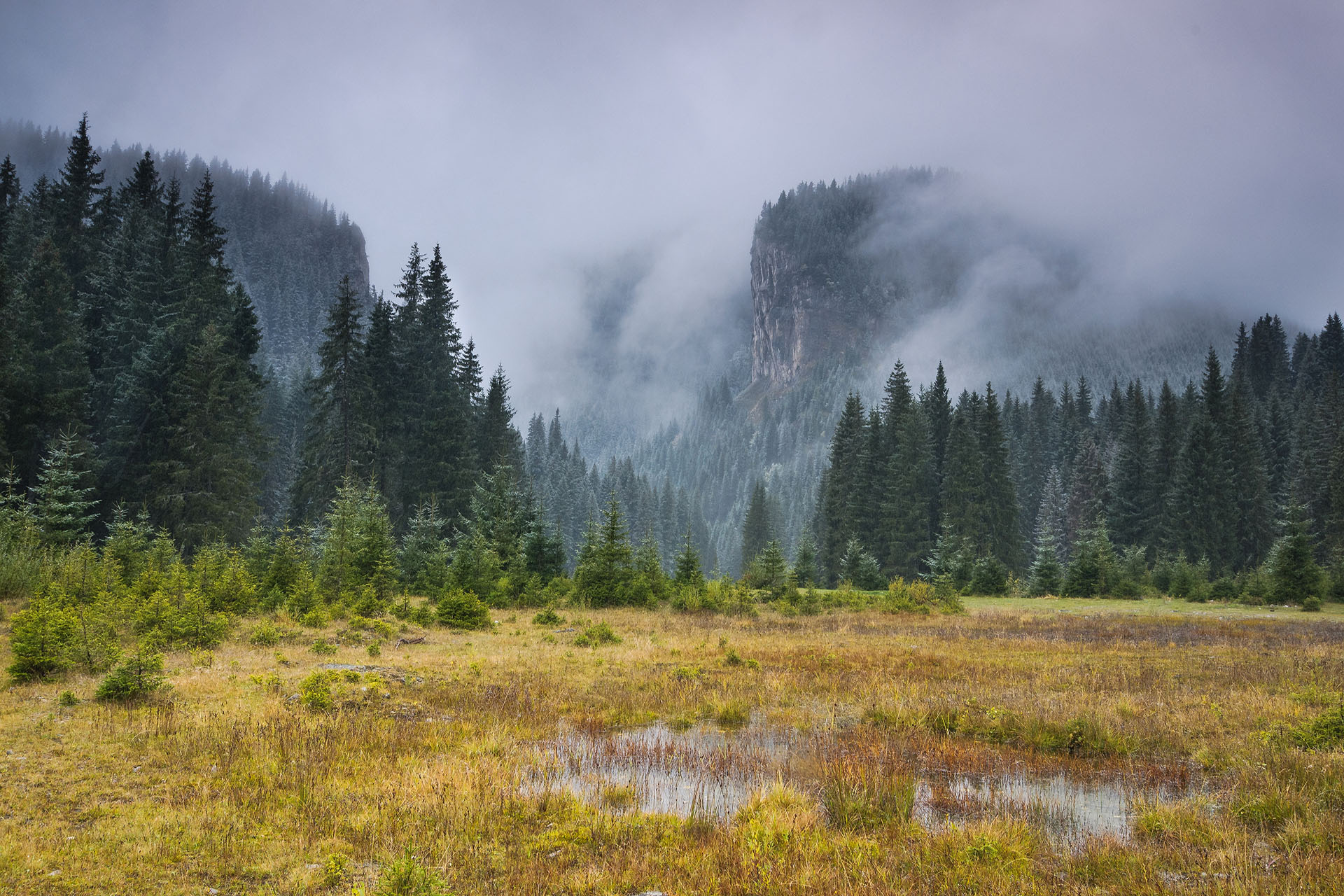
Zanoaga Mare Gorge | Bucegi Nature Park
First of all, I would like to thank you so much for taking your time to answer my questions! Dan, you are now already one of the most experienced wildlife and nature photographers, but to begin it would be interesting to know when and how did you start your photographic journey?
My passion for nature photography started with my love for nature, especially for the mountains. However, I have always loved animals, and once I got my first camera, I focused my attention on them as well. I have been taking pictures for over 25 years, but I became a professional photographer 15 years ago. My maturity in this field came with the „Romania salbatica” project started in 2010. It was the moment when I felt that my photos began to have meaning and purpose, and I realized that I could influence the conservation of nature and how people relate to it through my work.
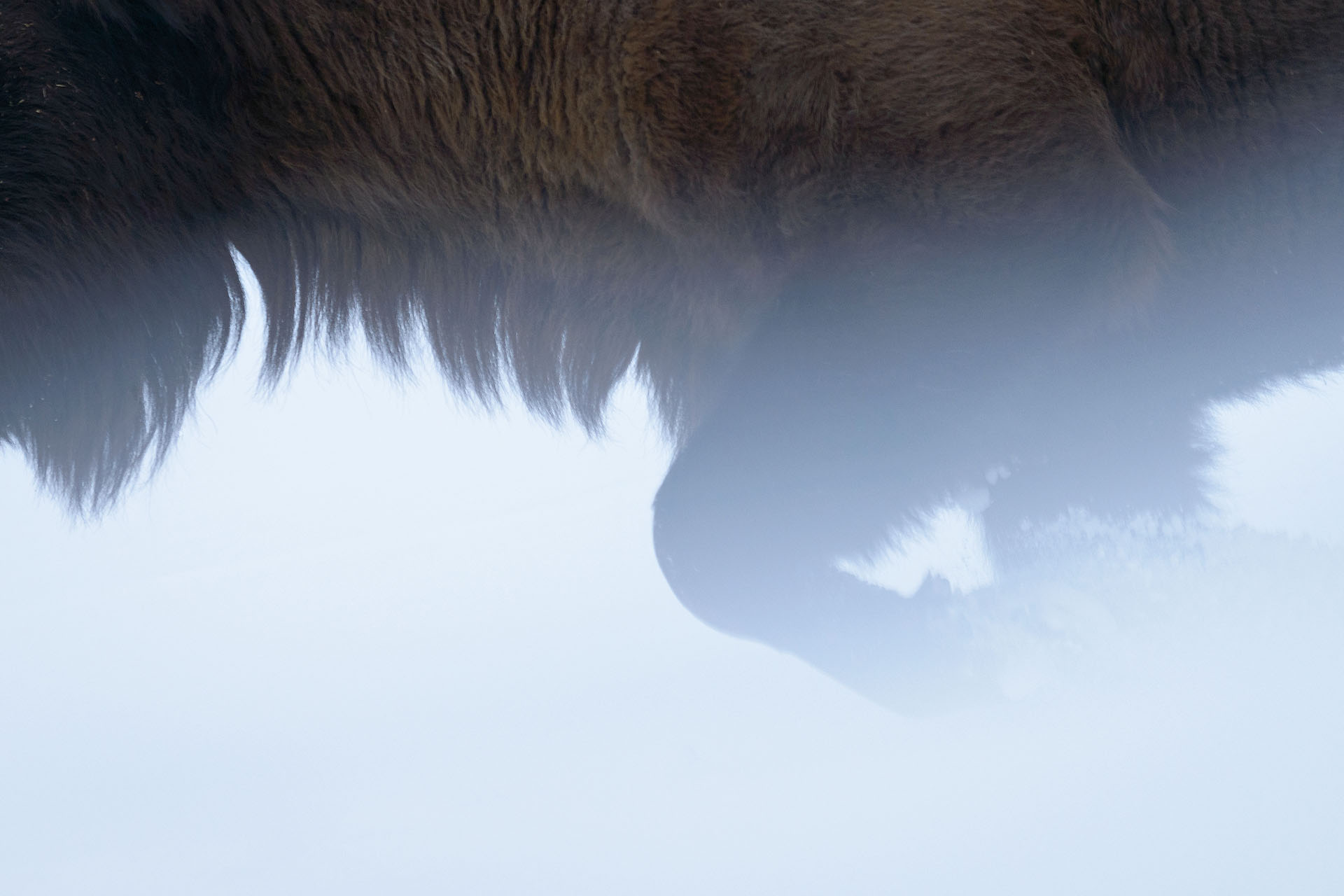
European bison | Tarcu Mountains
I think that a very important thing for me was to work with environmental NGOs. I have been involved in this field for a long time, at first as a simple volunteer, then as a project manager, and now as a frequent collaborator in photography and documentary film. I find it to be an environment where you have no creative limits, even when you have a paid project. Working with these NGOs has helped me a lot in my career, and I think it was also the impetus to start large-scale projects. Before, I was tempted to participate in contests, to be somehow noticed in the photography world, now I feel that my work must be useful and helpful. I have collaborated with almost all major environmental NGOs in Romania and I had the opportunity to work with many specialists, and this, I think, has changed my perception on nature. I realized how I can be useful and understood that anyone has a role to play. Now I am much more motivated by large-scale projects that can change something for the better in the conservation area, than any kind of prize at a photography contest.

Penduline tit | Rotbav wetland
How do you maintain and grow your passion for photography? What inspires you?
I am most inspired by nature, and as long as I can go and see new animals and habitats, I will always find inspiration to move forward. In fact, even familiar places inspire me because there are always interesting things to discover even where you have been many times before. Nature always has this ability to surprise you. For me, it is the perfect muse.
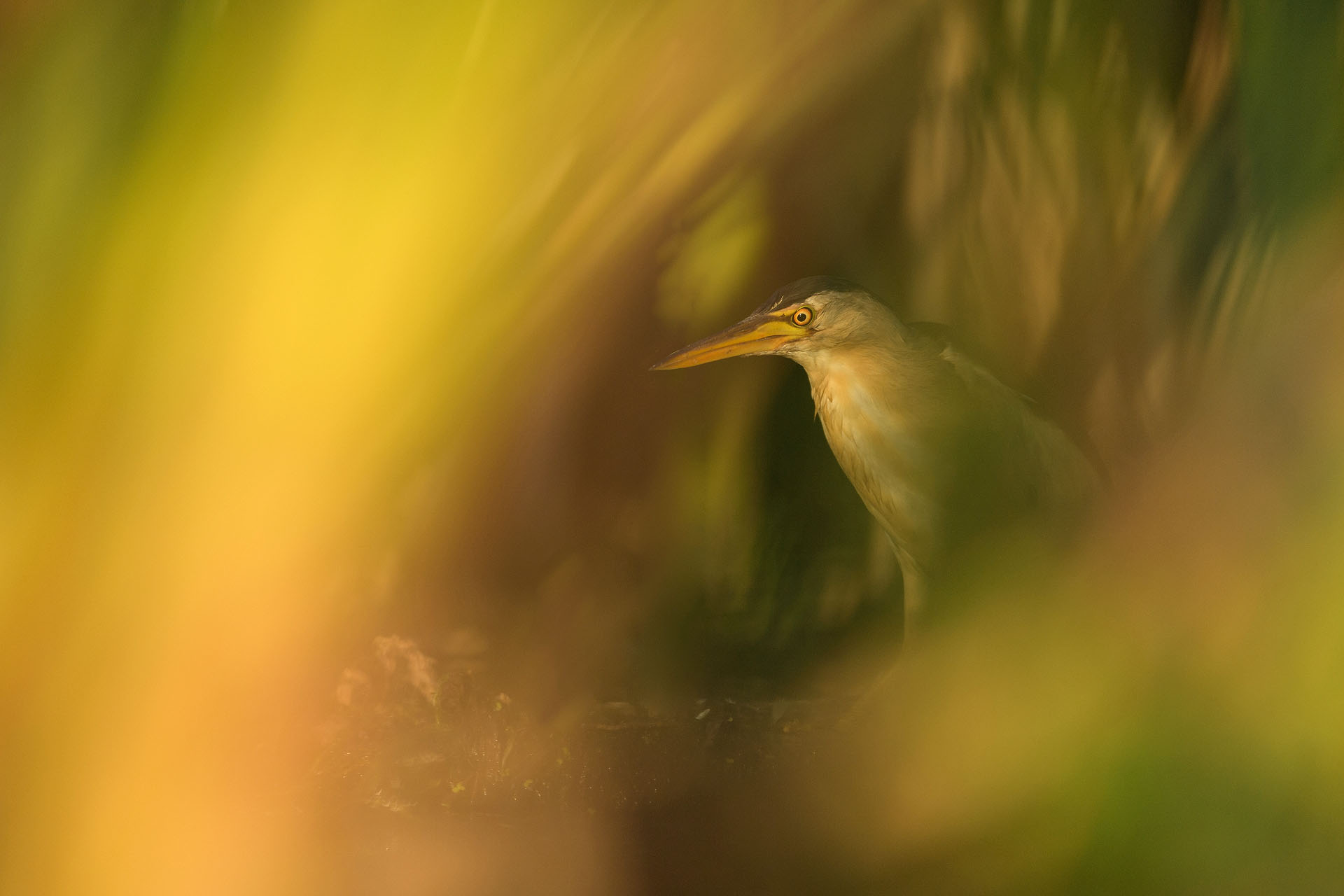
Little bittern | Rotbav wetland
Can you please describe in a few words your photographer philosophy and mission?
I don't know if I necessarily have a philosophy, but I feel that I have a mission. I am guided by the principle that no image should be more important than the chosen subject. I like to believe that photographic ethics are very important and every photographer should align themselves with healthy principles in this regard. The mission I have chosen to carry forward reflects the idea of conservation through education. I strongly believe that you cannot protect nature without resorting to healthy education principles, so many of the projects I have undertaken have also had an educational aspect. On the other hand, together with other colleagues, I founded an association that brings together some of the most well-known nature photographers in Romania. We are trying to bring the world closer to this field and, at the same time, develop projects aimed at showing the importance of photography in nature conservation. Photographers are selfish, they always take something when they photograph and rarely give anything back. Through these projects, I feel that I can help, and from here comes the desire to get involved as much as possible. I could say that this is my mission, to try to direct my energy towards conservation and education projects and not towards the growth of a personal ego. From here, a certain philosophy may also emerge.

Dalmatian pelican | Danube Delta
The wildlife photography is a domain where many photographers try to stand out, but very few even succeed. What first attracted you to this photography type?
It is a difficult field in which without dedication, patience, and passion, you cannot succeed. I think I am attracted to this photographic genre because I like the idea of always being surprised. Nature is always unpredictable and you never know what the animals in front of the camera will do. On the other hand, there is also the idea of documentation and research. It is always challenging, whether you walk through a Carpathian forest or through an exotic jungle. I would also add an old zoological atlas that I used to read with great pleasure in childhood. That's where the passion for animals was born, and now I'm building my own atlas through the photos I take. There is still a long way to go before I finish it, probably it will never be finished, but I persevere as much as I can. There are still many cool animals that I want to photograph, although the list seems to be shorter and shorter.
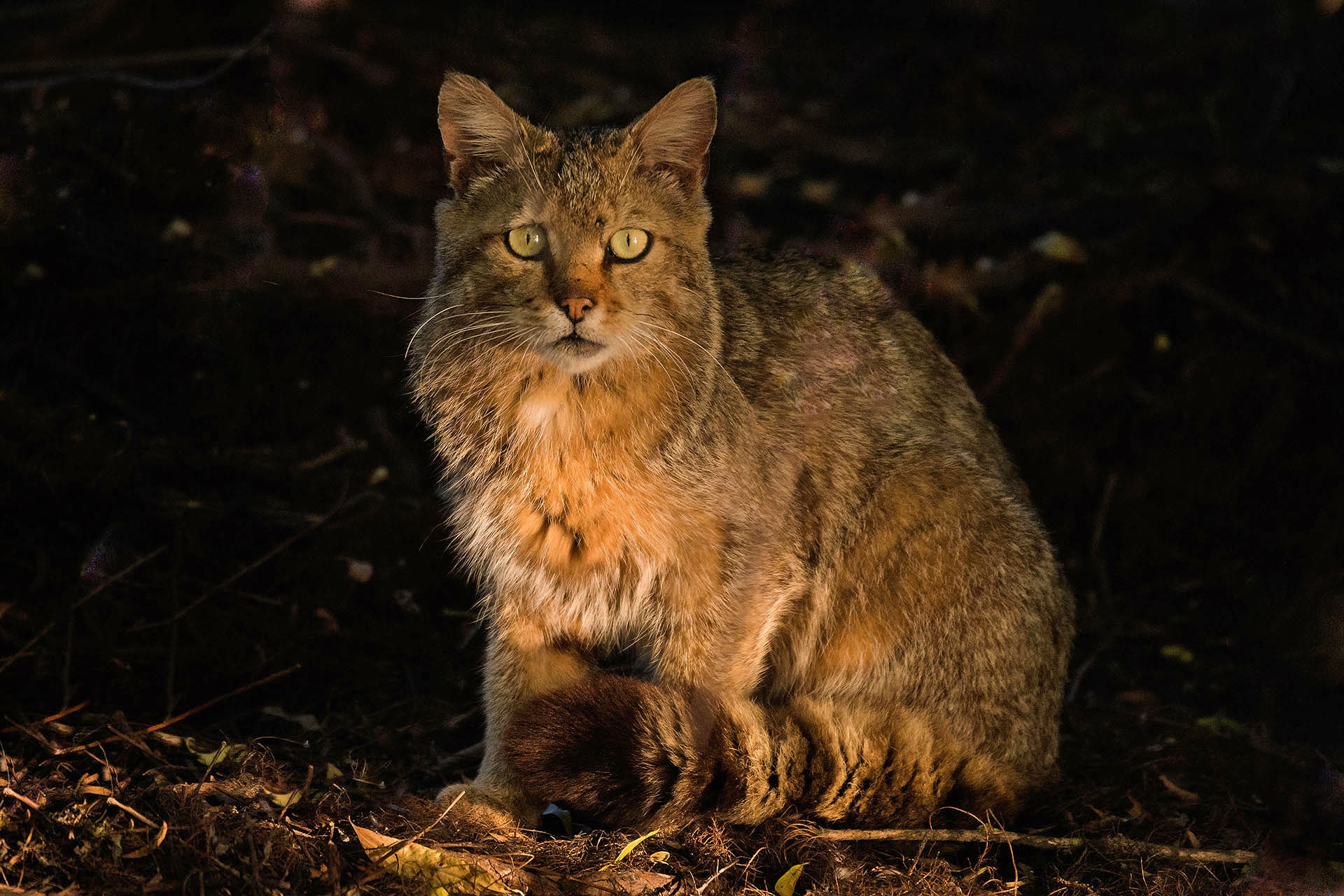
Wild cat | Danube Delta
For many of us photography is either a hobby or a way of life. How would you define your relationship with wildlife photography?
Certainly, it's a lifestyle, especially because I have to travel a lot to find the animals I want to photograph. Whether it's on a safari in Kenya, through a jungle in India, or through the Danube Delta, I always have to be on the move. Probably the only moments of relaxation are when I'm on a hide. There, it's just me with my thoughts, and if I'm lucky, with the desired animal in front of the camera. There's almost always a backpack next to the door of my house. Sometimes I only get home long enough to change my clothes, back up my photos, and leave again. But I love it, and it's very difficult for me when the office work, whether it's editing or administrative, keeps me at home.

Racoon dog | Danube Delta
What do you think are the secret ingredients for a remarkable wildlife photograph? What is more important: the mood/story behind the image or the technical perfection?
I've always liked to say that wildlife photography is about three things: luck, perseverance, and knowledge. Exactly in this order. It's useless to know a lot about your subject if you're not persistent enough in your search for it. And it's pointless to be persistent if you don't also have luck in finding it. The story is important to me, much more than the technique. The images I like the most are those with animals in the landscape, with a story, with a nice atmosphere. A technically flawless image that doesn't say more than that doesn't attract me as much. I like to follow what Ansel Adams said: "There is nothing worse than a sharp image of a fuzzy concept." I think this defines very well the relationship between technique and message.
If I were to rank the important things, I think light would come first, followed by the background, and last would be the subject. The latter, no matter how important it is, will not be highlighted if the background is cluttered, and if you don't have good light, it's useless to fulfil the other two conditions.

White-tail eagle | Danube Delta
Democratization of photography touches wildlife genre as well and it became lately more and more accessible to both professionals and amateurs. In this context what do you think that makes your photography different?
It's not bad that photography has democratized because it has become more accessible, even if sometimes quantity overpowers quality. I don't think my photos are different in terms of their quality, there are many other photographers who do it better than me, but what made me stand out, at least in my country, are the stories behind them. I realized that I'm passionate about telling stories more than making images, and that helped me complete the photographic experience. Both through individual images and especially through more complex projects, I try to tell a story. Sometimes it's in the image itself, sometimes it's complemented by text, sometimes it's part of an article or included in a photo book. The idea is to reach the public and be understood. If it also changes something in the mentality of the viewer, even better. We need these stories, especially when they are positive and manage to bring a bit of optimism, especially in this hard-pressed field of nature conservation.
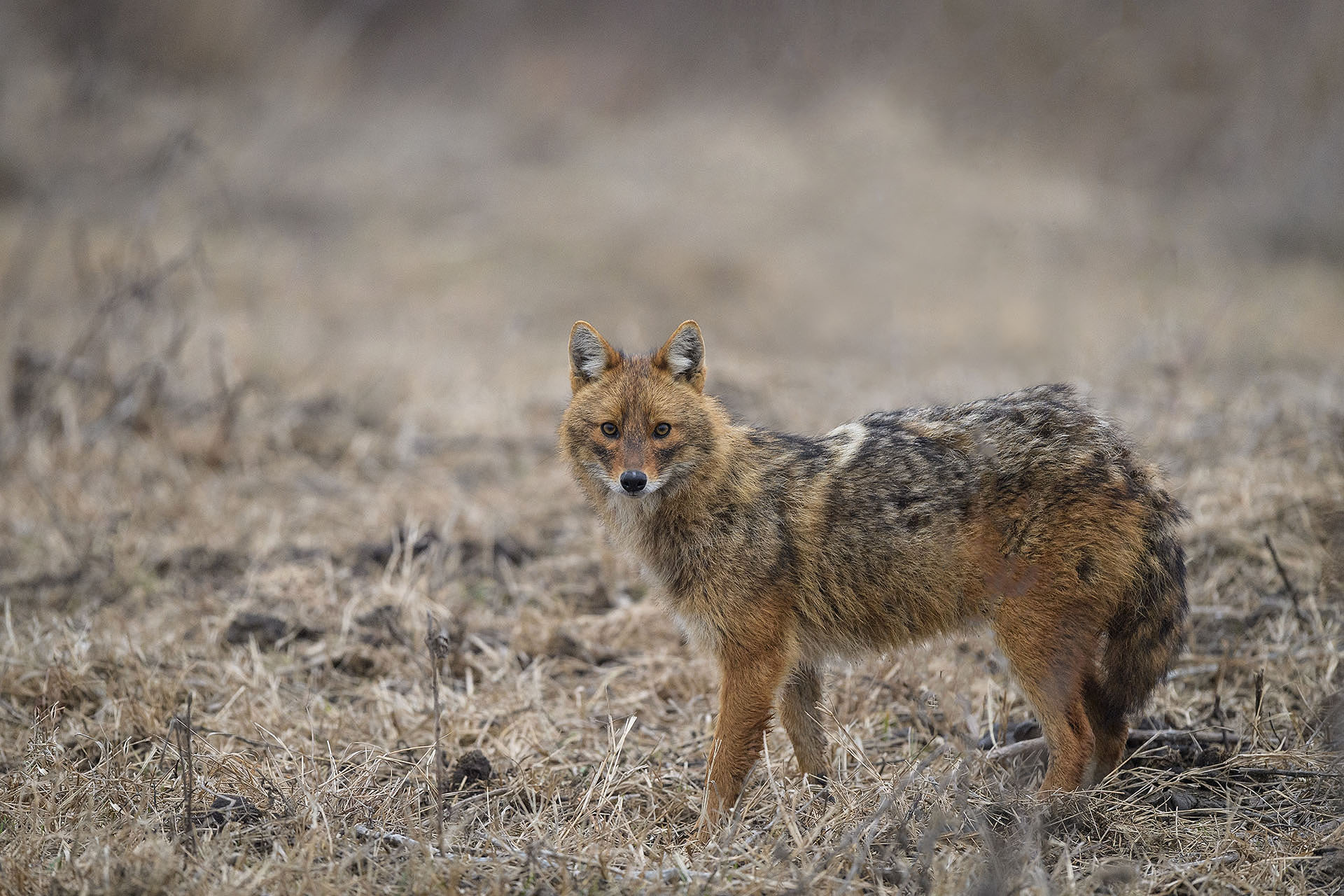
Golden jackal | Danube Delta
Can you please tell us something more about your workflow for wildlife photography (starting with planning on the trip/location and ending up with the final processed photo)?
There are two approaches here, one is impromptu and the other is documented. Sometimes I simply take my backpack and wander in nature, enjoying everything I encounter. When working on a project or looking for a specific image, I do research beforehand. I either do it alone or consult with experts in the field, be they biologists, ornithologists or anything else. If I am successful and get the images on the first try, the selection process follows. If I'm not in a hurry, I take enough time until the completion of this process. Sometimes it's better to look at the images with a more objective eye and detach from the influence of the moment. Of course, some images stand out immediately, while others become interesting after some time has passed. This process, as well as editing, is done in Adobe Lightroom. I like to be organized and this program gives me everything I need to have a well-ordered archive where I can quickly find a photograph. I don't like to edit my images too much and prefer to leave them as natural as possible. I rarely spend more than 5-10 minutes on this process. The last stage is exporting depending on what I need: online publication, presentation, printing, or any other requirements from those who request the images. Sometimes there is also a design component when the images are to illustrate a brochure, exhibition or other such things. Because I like to take photographs, not to sit and edit them, I am very careful that the images come out as well as possible from the camera. This keeps me in nature more and in front of the computer less.

Tree frog | Danube Delta
“Romania salbatica” is your most important project, documenting wildlife and nature from largest nature reserves in Romania for more than 10 years. Can you please describe this amazing project, the idea behind it and if there is any plan for a follow-up?
This project started in 2010 out of a desire to show others what a beautiful country we have, but immediately after the launch I realized that I was not fully aware of this either. The idea was to go and photograph all 28 important protected areas at that time, national parks, nature parks, and the Danube Delta Biosphere Reserve. After this I wanted to create a photo book, an exhibition and donate the images to be used by environmental NGOs and park administrations to make promotion easier. This whole process took about 2 years. The project evolved beautifully, and when my colleague Cosmin Dumitrache joined, we started working on a major documentary film as well. After more than 11 years, in which we spent over 450 days in the field, we launched the film and photo album. It was a real success, the album has been printed in 9,000 copies so far, of which we donated many to schools and libraries, and the film has been accepted at 20 festivals and won 8 awards. „Romania Salbatica” has also become an NGO dedicated to nature conservation through education and perhaps in a few years we will be able to focus on a second part of the documentary. This is important to carry on the largest photography and documentary film project dedicated to nature in our country.

Red deer | Carpathian Mountains
What was the most challenging aspect for you and the team during this project?
Probably the most challenging part was to do everything without any budget. On our own money and time. Only at the end, when we entered the post-production phase with the documentary, we had a budget for sound, music and colourgrading. Without these essential parts, it certainly wouldn't have been the same. The album, however, was made on the basis of pre-orders, and so many were collected that for each pre-order, we donated an album to a school or library and made it even more extensive and spectacular.
Of course, there were other challenges, especially in the field. Unpredictable weather, lots of equipment to carry on our backs, a lot of snow, a flood that trapped us in a cave, plus a pandemic. There were so many adventures in this project that, in addition to the documentary, we also made a making-of film that tells the story of the project. You can find it on our Youtube channel if you want to have some fun https://youtu.be/ZWzRnU-uBCQ
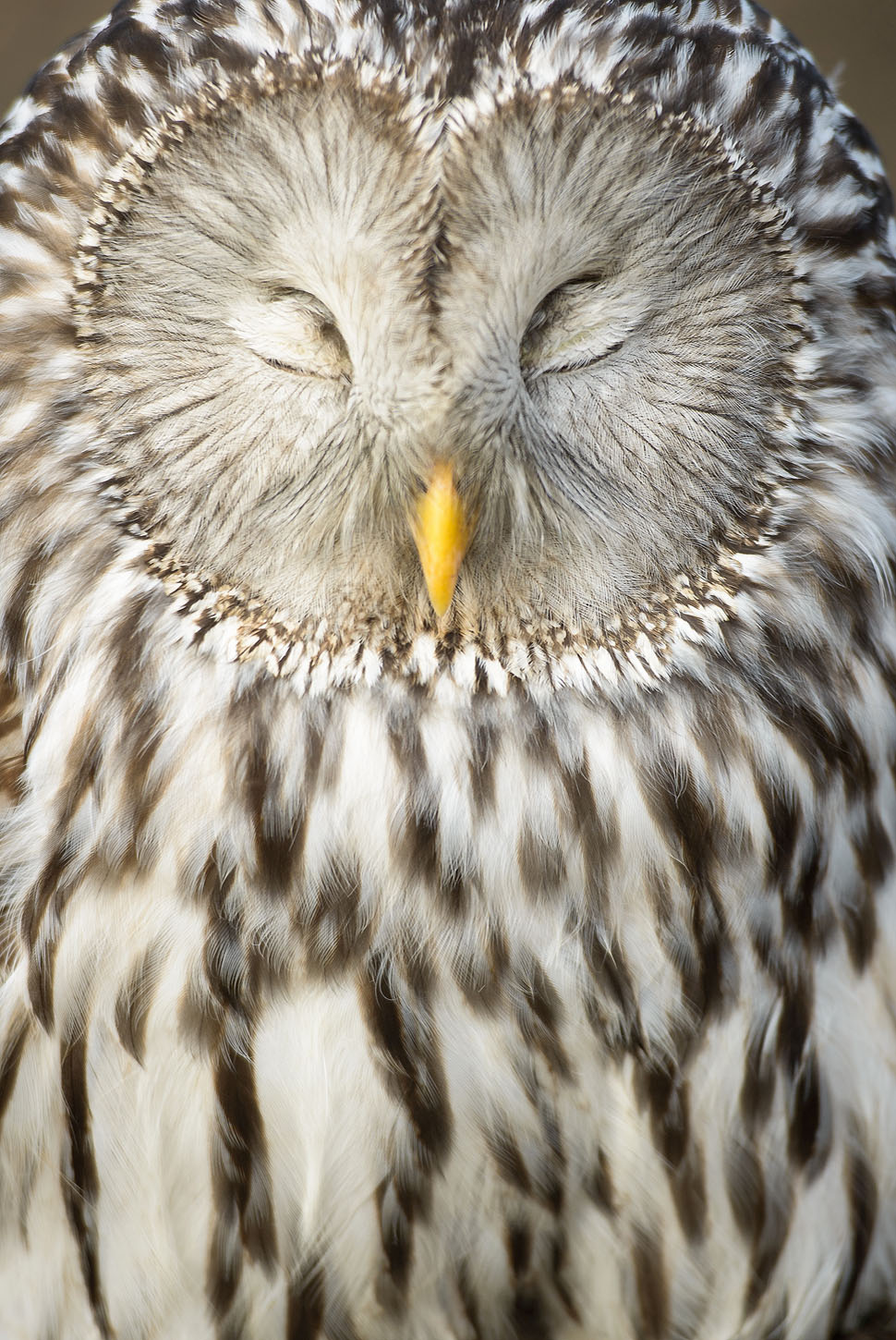
Ural owl | Carpathian Mountains
Dan, you were already an experienced wildlife photographer when started “Romania salbatica” project. However, was something that surprised you during the making of this project?
Let's say that I was experienced in landscape photography and less in wildlife when I started the project. What surprised me was realizing that photographing animals in Romania is much more difficult than in many other countries where I have travelled. This is because our country is still wild enough that animals are afraid of humans. Additionally, we have large areas where animals can roam free, making it harder to find them. It is interesting that when I managed to capture the first successful images of a brown bear, I already had in my portfolio images of a chimpanzee, a black rhinoceros, and even a blue whale, much rarer animals.
Chamois | Piatra Craiului National Park
What would be your favourite photo from “Romania salbatica”? Please tell us the story behind it.
Although we searched extensively for animals, two species were particularly hard to capture: the lynx and the wolf. We used various camera trap systems to film these two species, but I also wanted to see them in person. Towards the end of the project, when the photo album was already ready for printing, I made another attempt to capture the lynx. I waited for 24 hours, 12 hours each day, in a small camouflage tent. It was winter, and the temperature was around -10 degrees Celsius. Since I couldn't move too much, I was freezing, and the bad part was that I didn't even have anything to photograph. In the last moment of the second day, when there was barely any light left outside, a male lynx came in front of the hide and allowed me to photograph him for a few minutes. He completely accepted me into his world and offered me one of the most spectacular moments of my career as a nature photographer. He was not at all afraid, but rather very confident, and passed just a few meters in front of me. This lynx portrait became the emblematic image of the project and was used on our documentary film poster. Although the album was already finished, I included this new image instead of a much weaker one from the camera trap, and this forced me to change a few more pages in the design to showcase the photograph as it should be. But I think it was totally worth it. That's how it is sometimes in wildlife photography; it offers you the best moments when you are most prepared to receive them, so they always surprise you.
Lynx | Piatra Craiului National Park
Many are of the opinion that the gear is not very important when the passion for photography is strong. However, can you please share with us what gear you use (camera, lenses, tripod, etc.)?
Although I have been exclusively shooting with DSLRs for a long time, last year I made the switch to mirror-less. I waited for a camera that would offer me everything my previous camera did, plus the usual advantages of new technology. Now I use a Nikon Z9 with a relatively limited range of lenses: 14-30mm f/4 for landscapes, 105mm f/2.8 for macro, 70-200mm f/2.8 and 200-400mm f/4 for wildlife. To these, I add a 1.4x teleconverter, photographic filters, and a Gitzo carbon fiber tripod. To complete my setup, I also have Camtraption camera trap housings and camouflage tents, including a ground tent from Trangopan and a floating tent from MrJan Gear.

Horned viper | Portile de Fier Nature Park
I’m sure that many of the beginners in wildlife photography would like to follow your way. What is your advice for them? What would be the qualities of a successful photographer in this domain?
I believe that patience and perseverance are the most important skills in nature photography. There are no shortcuts in this field, so anyone who wants to try it should be aware of that. Another important aspect is ethics. It is crucial not to make any concessions that could harm the welfare of the animal being photographed. I am not a purist on this matter, but I consider that is important to draw a line beyond which we should not cross for the sake of an image, no matter how successful it may be. Lastly, I would like to bring up the pleasure of spending long periods in nature. No matter how many books we read on this subject, the best lessons are still learned in the field.
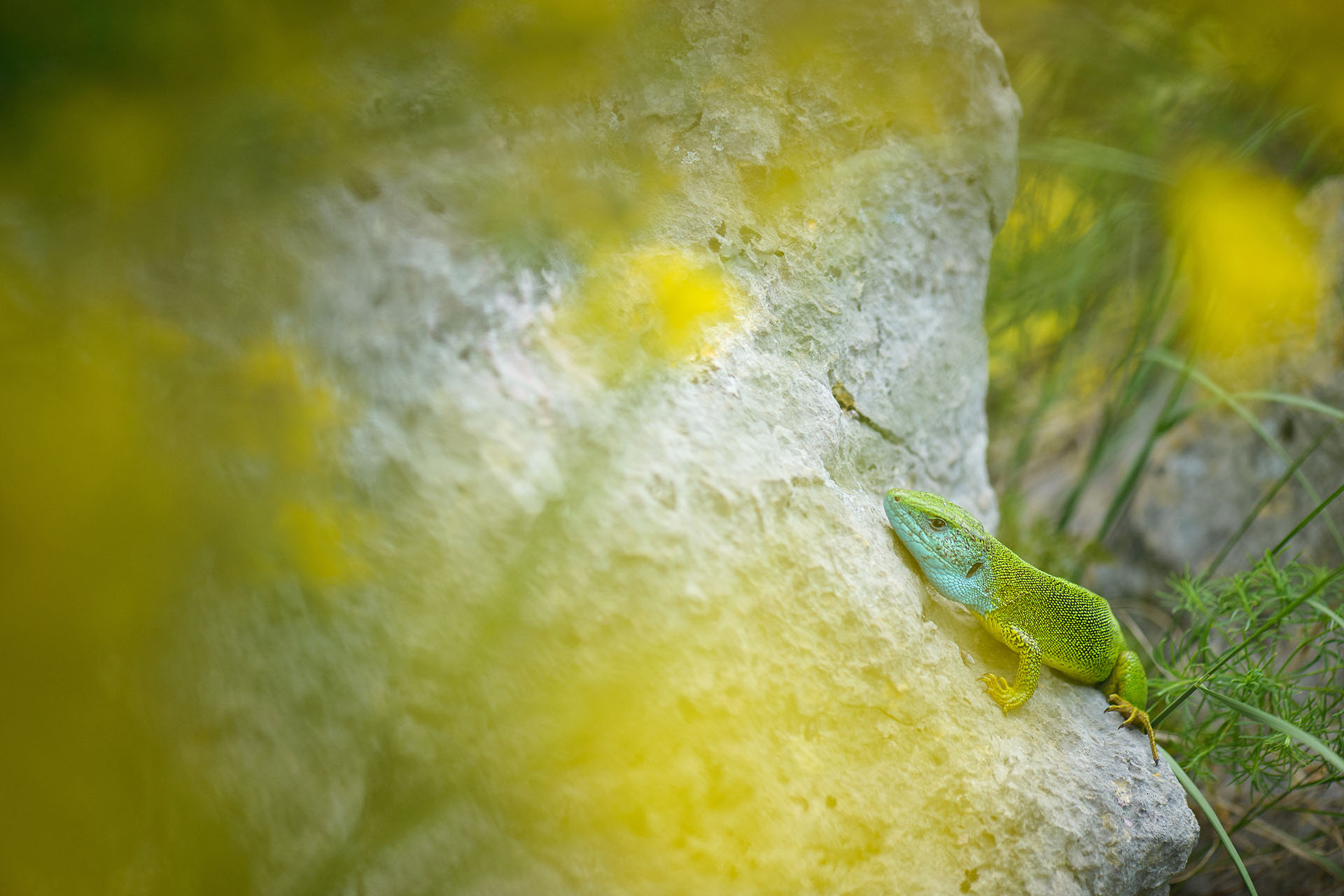
European green lizard | Portile de Fier Nature Park
Who are your favourite photographers or mentors whose works have influenced you and your photography?
It is hard to say that I have a mentor. In fact, I have tried not to be too influenced by any particular photographer, but rather to be inspired by good images. I think this way I cannot fall into the trap of copying a particular style. I like photographers who focus on projects that support nature and I am less attracted to those who make art just for the sake of art. Nevertheless, to give a name, I would mention Vincent Munier for his minimalist style and the intimacy in his images. Even though he is not a photographer, I would also mention David Attenborough, as someone who has inspired me. I like his way of telling complex stories in a way that makes any animal endearing.
Capercaillie | Carpathian Mountains
Now, since we have almost reached the end of this interview, I would kindly ask you to share with us your plans or photographic projects you would like to involve in.
After the success of "Wild Romania", I dedicated much more time to film-making, and now we are working on a documentary about the Danube Delta. Of course, photography is not pushed aside, and we will also work on a photo book for this new project. In the long run, I am involved in a more extensive project with Conservation Carpathia, which aims to establish a national park in the Făgăraș Mountains, the highest mountains in the Romanian Carpathians and one of the wildest areas in Romania. Therefore, I will continue to focus on nature and use my images to support this wonderful world to which I am irremediably attached.
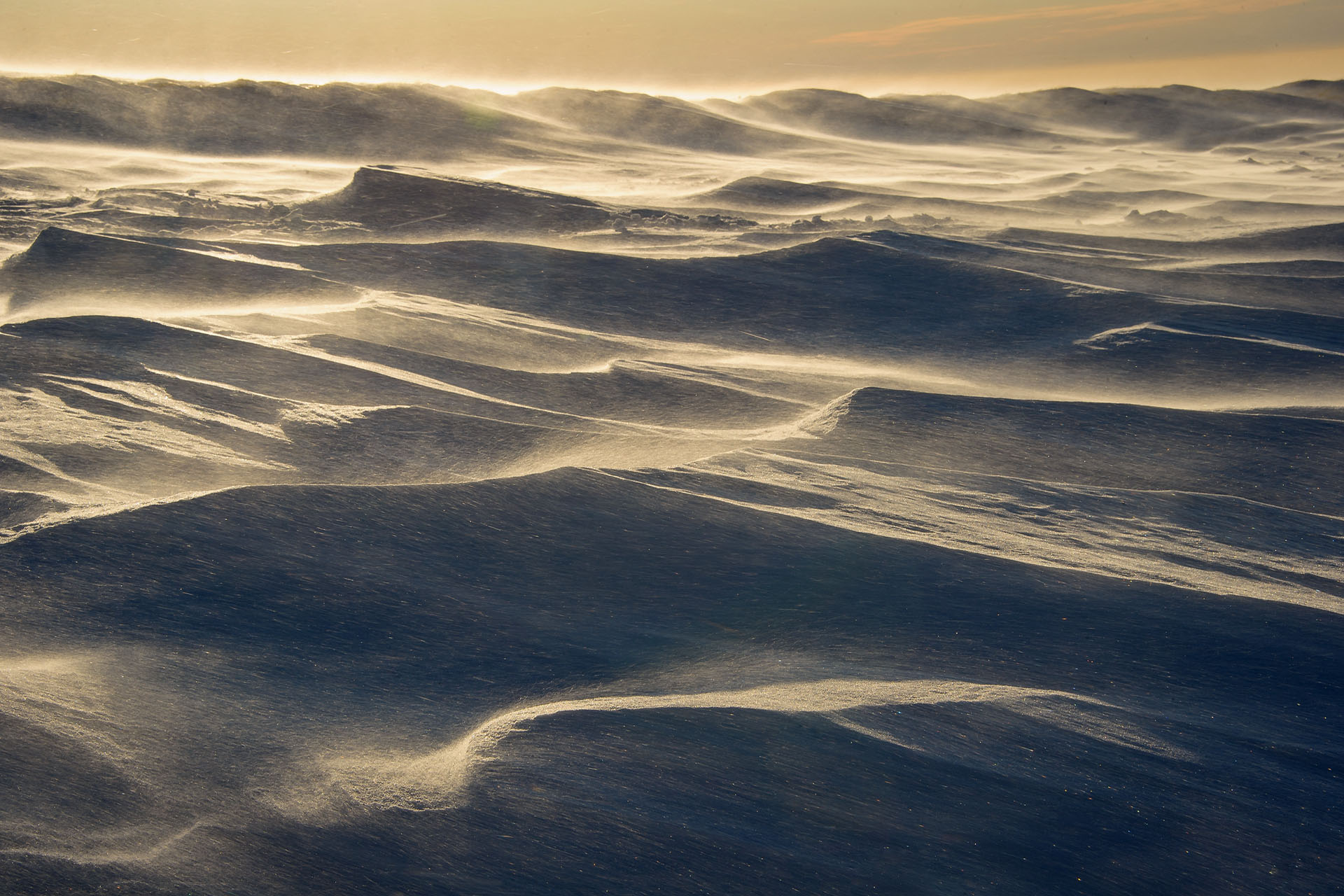
Bucegi Nature Park

Postavaru Mountain
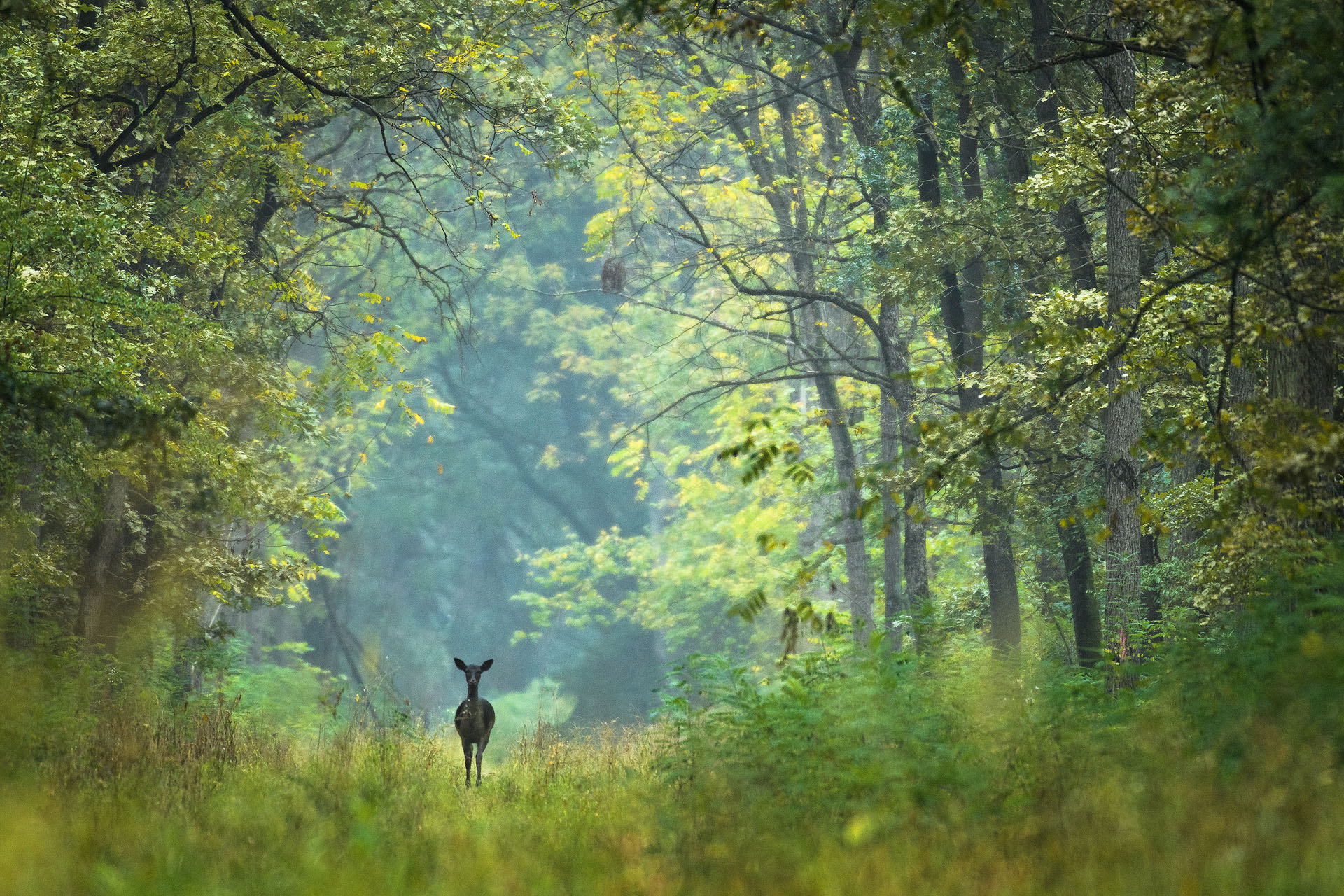
Fallow deer | Lunca Muresului Nature Park

Retezat National Park
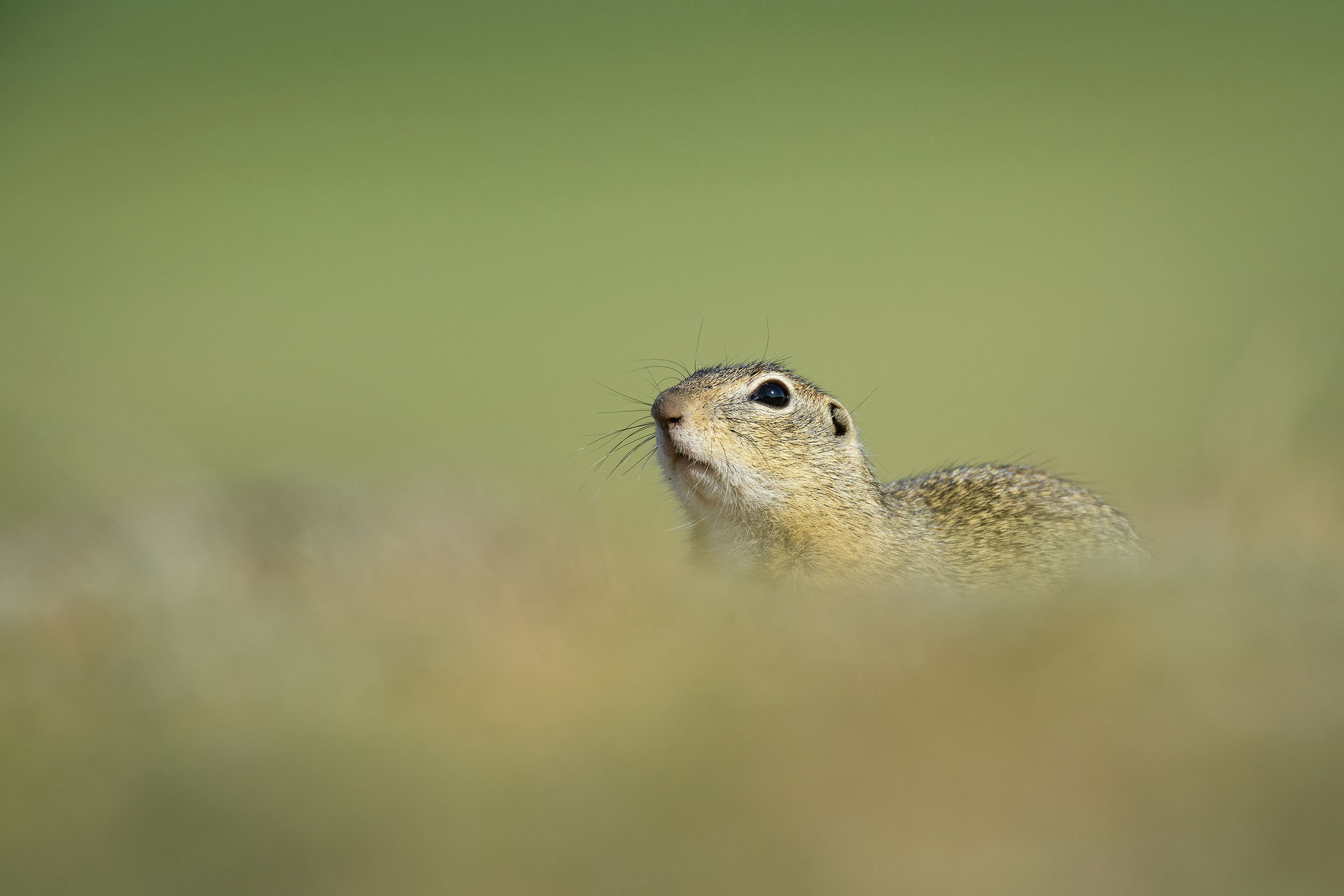
Ground squirrel | Dobrogea
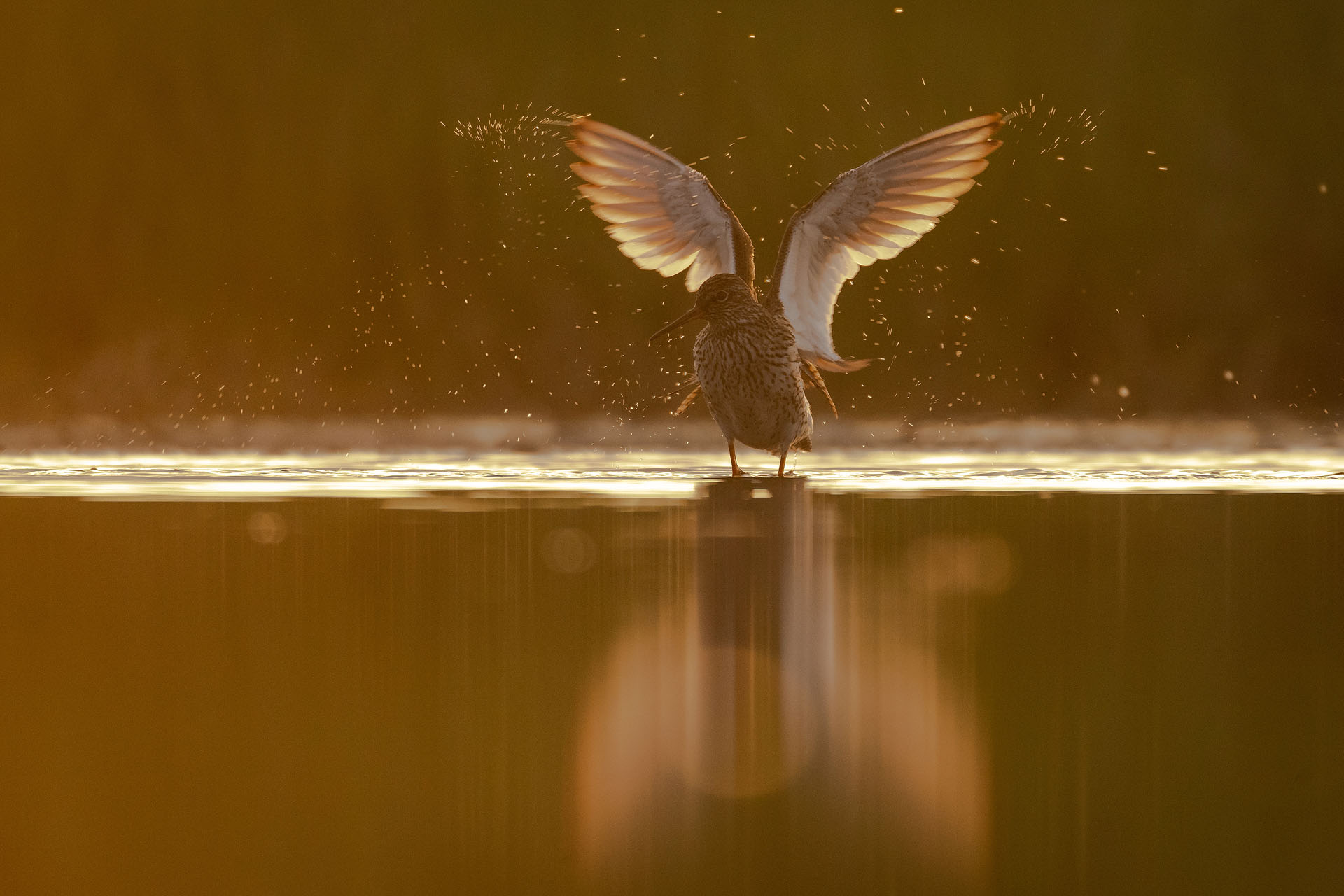
Redshank | Danube Delta
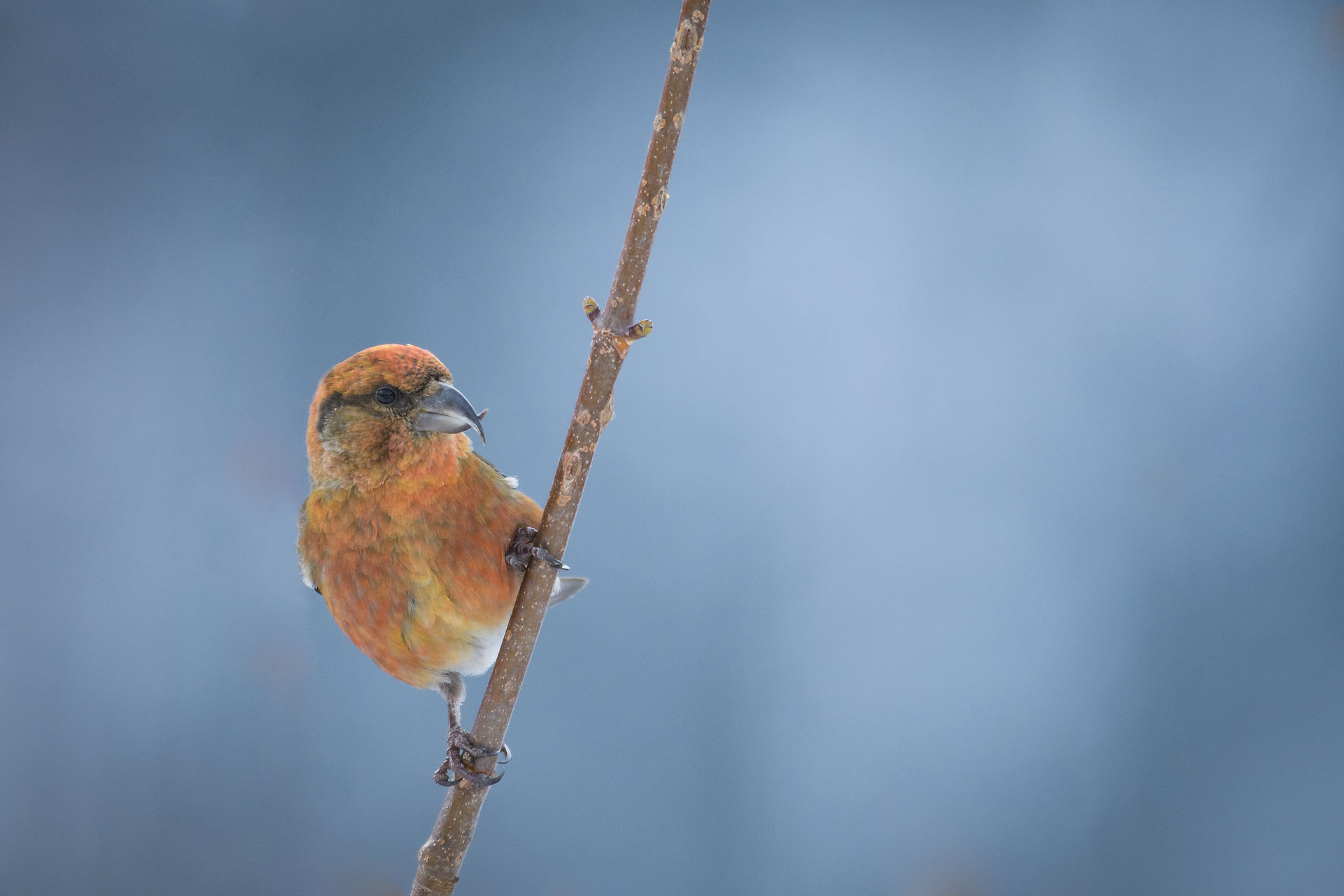
Common crossbill | Carpathian Mountains
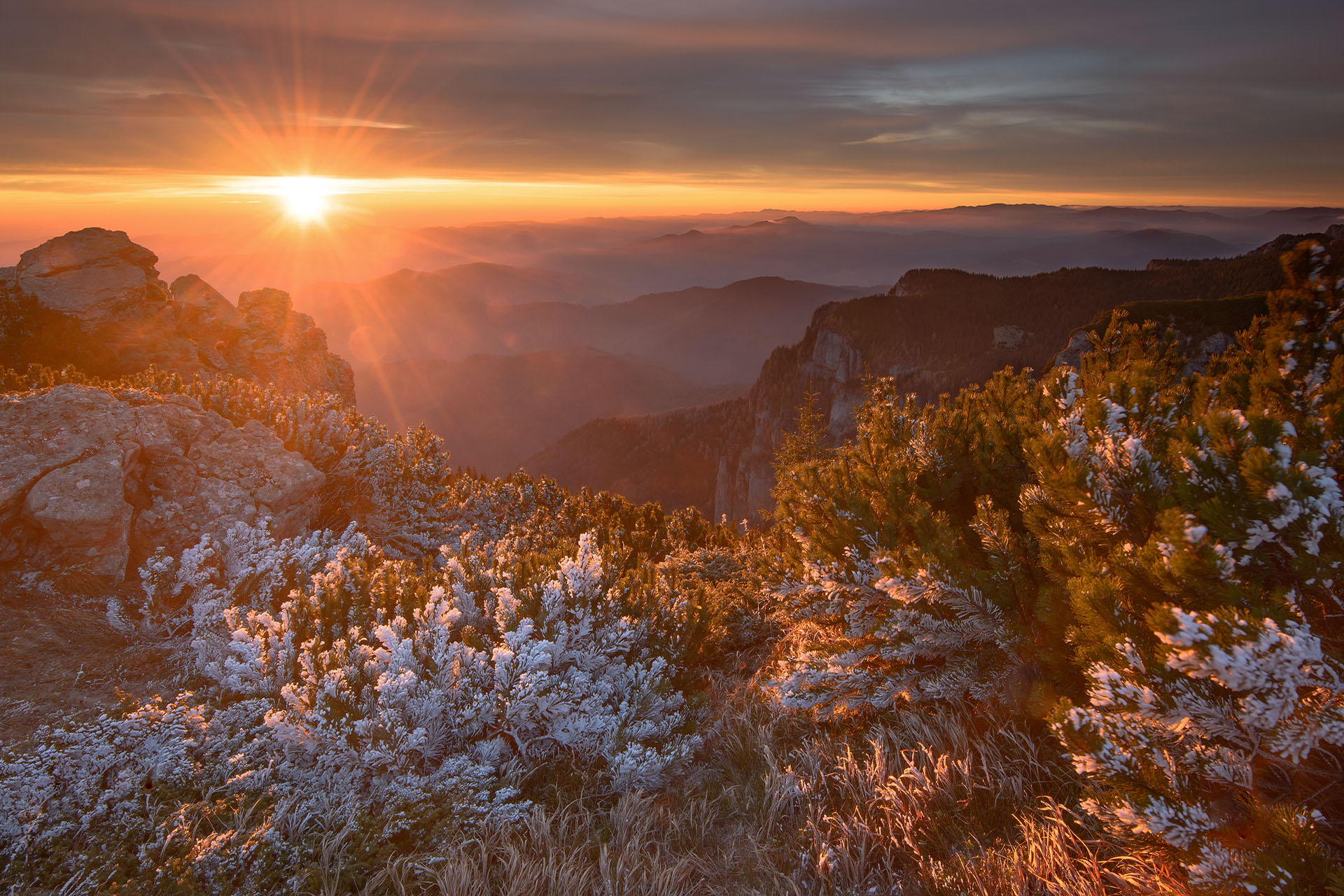
Ceahlau National Park
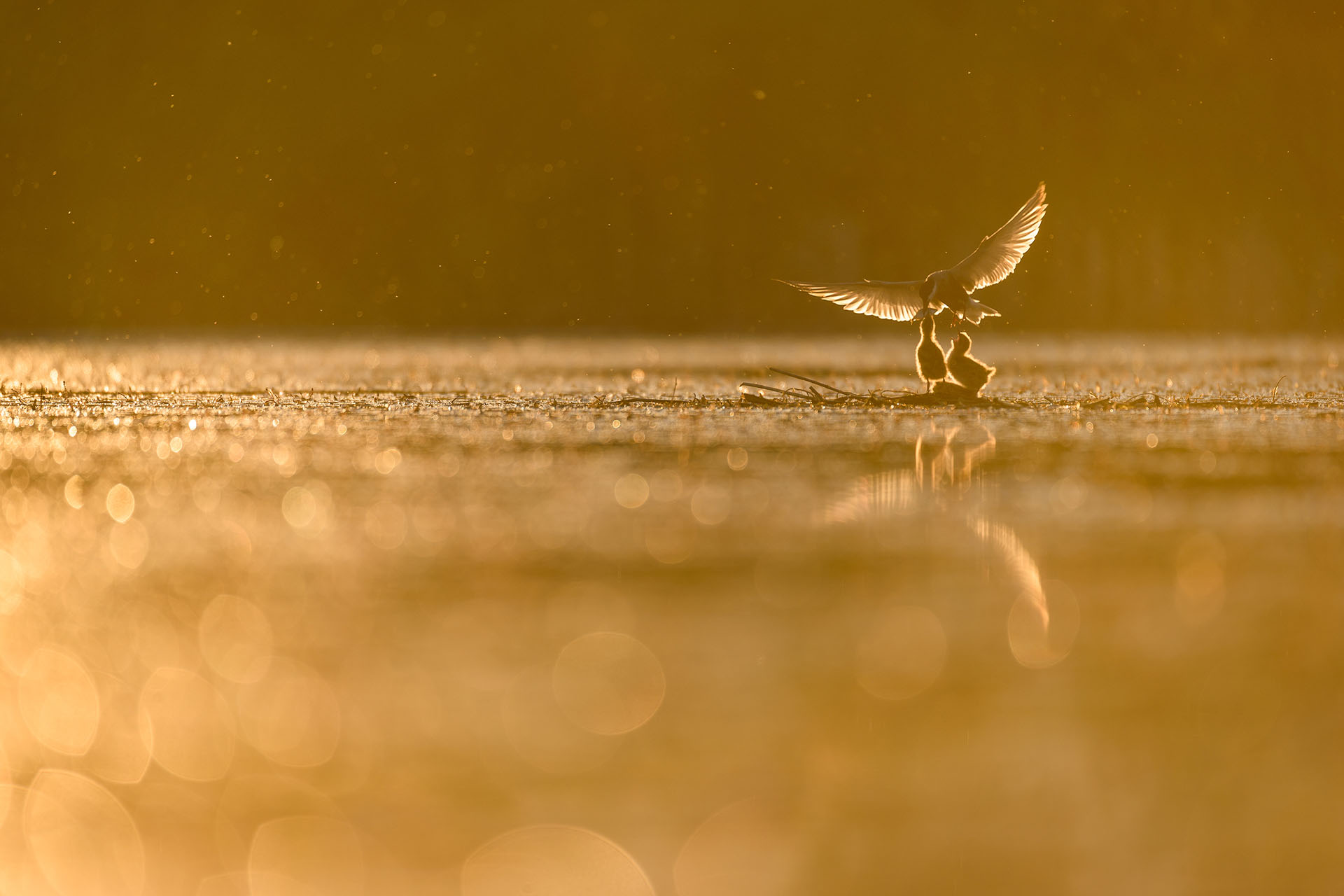
Whiskered tern | Rotbav wetland

Cerdacul Stanciului | Piatra Craiului National Park
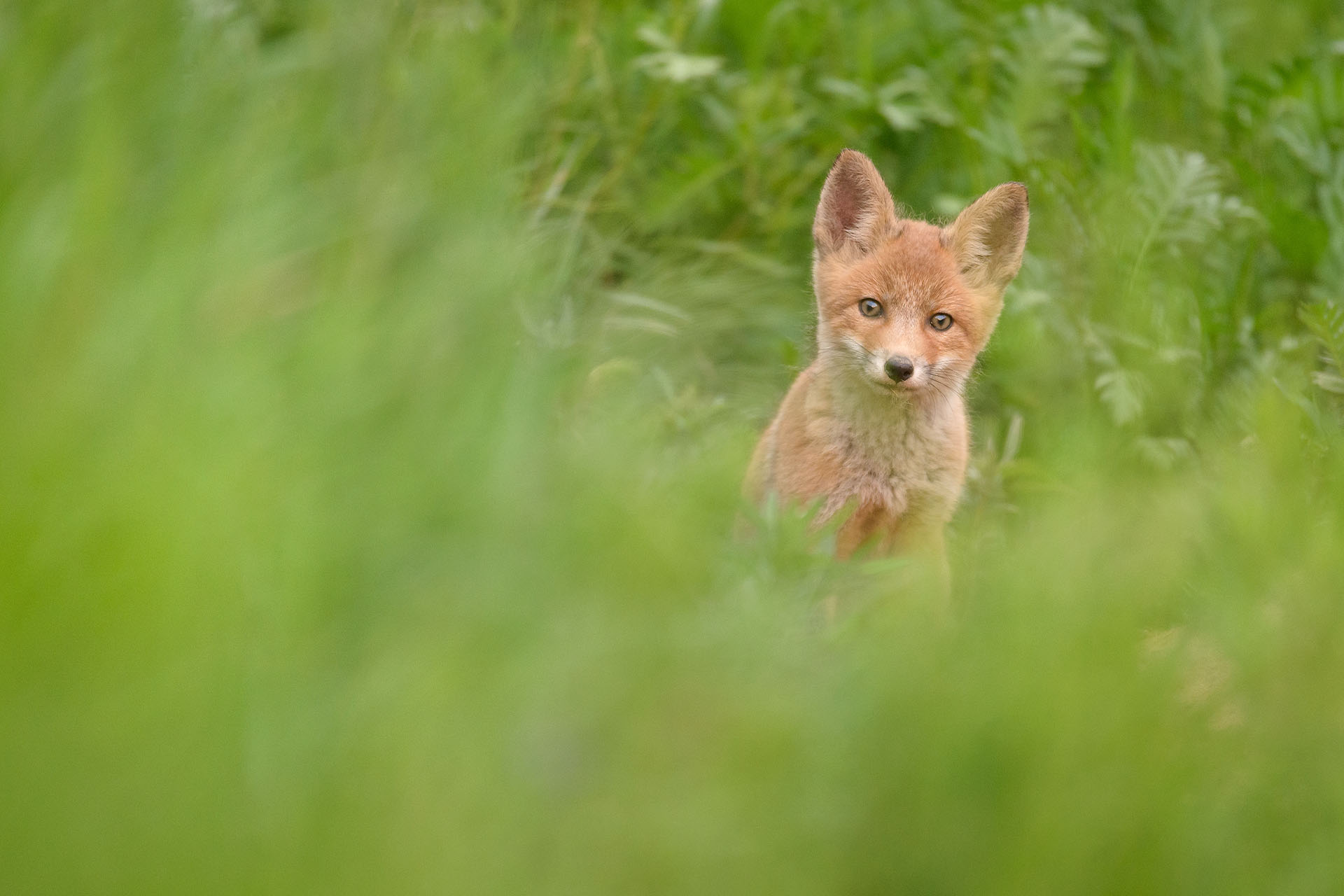
Red fox
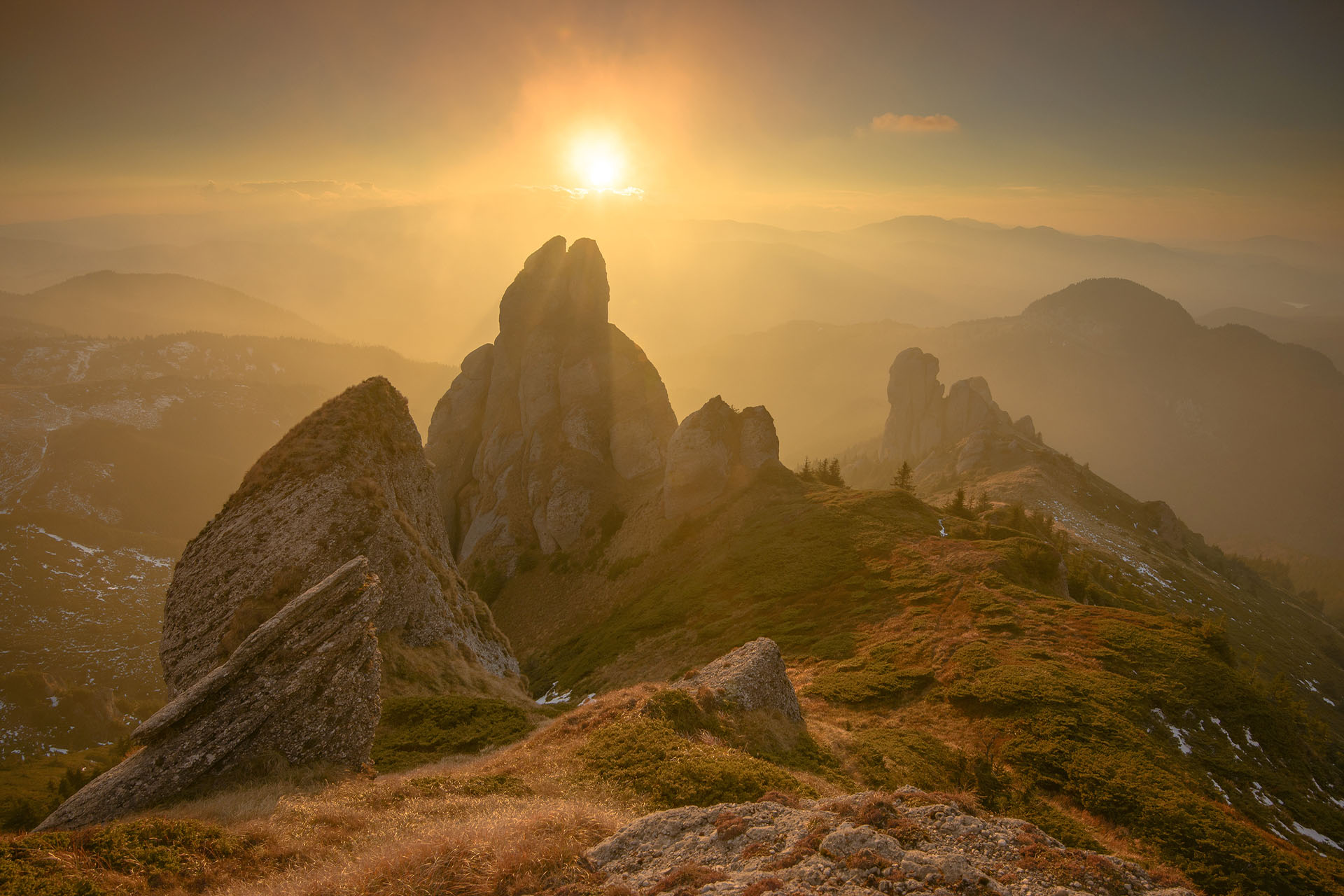
Ciucas Mountain
Fagaras Mountains

Mute swan | Danube Delta

Trascau Mountains

Cheile Banitei Gorge | Gradistea Muncelului Nature Park

Cuesdel Lake
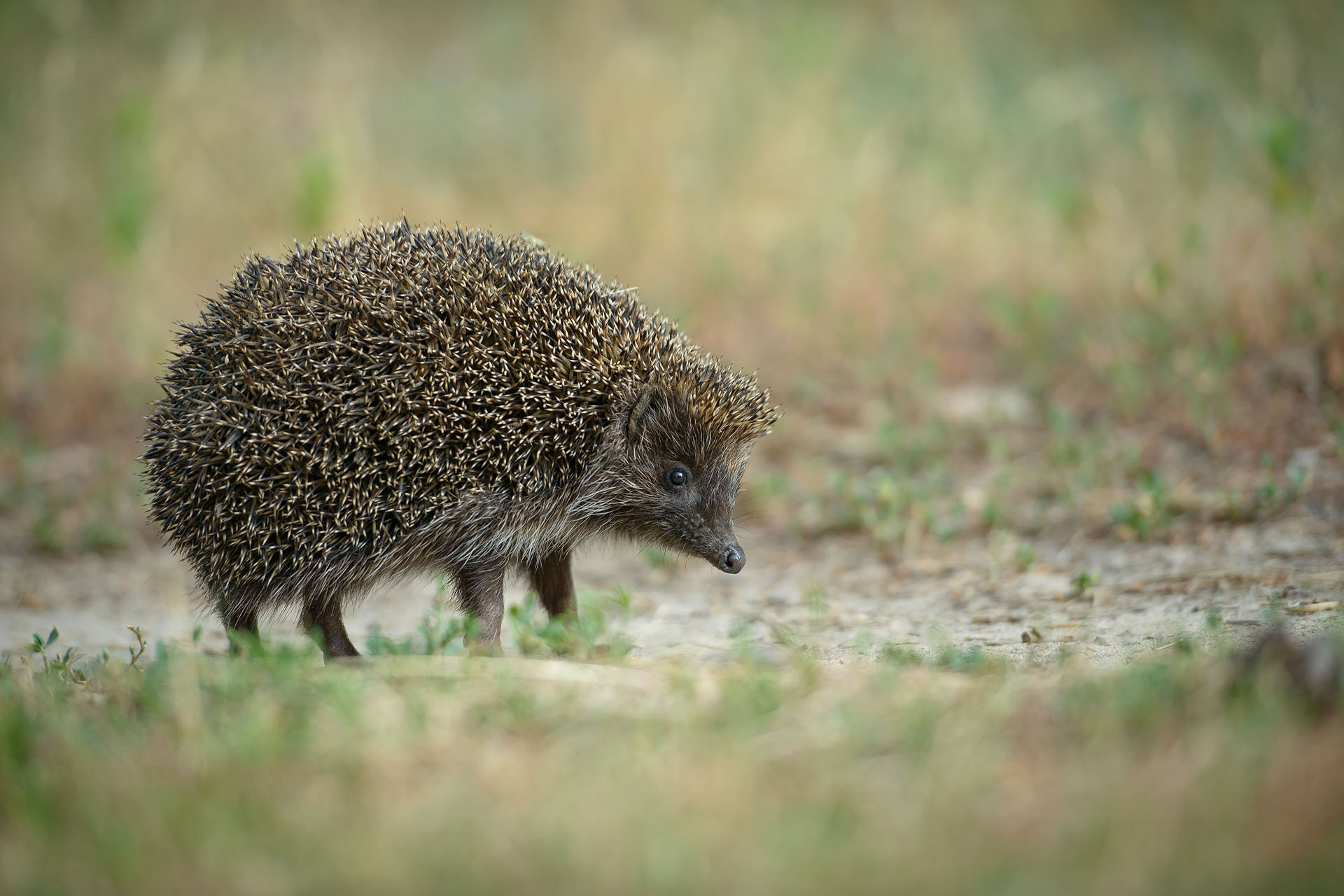
Hedgehog
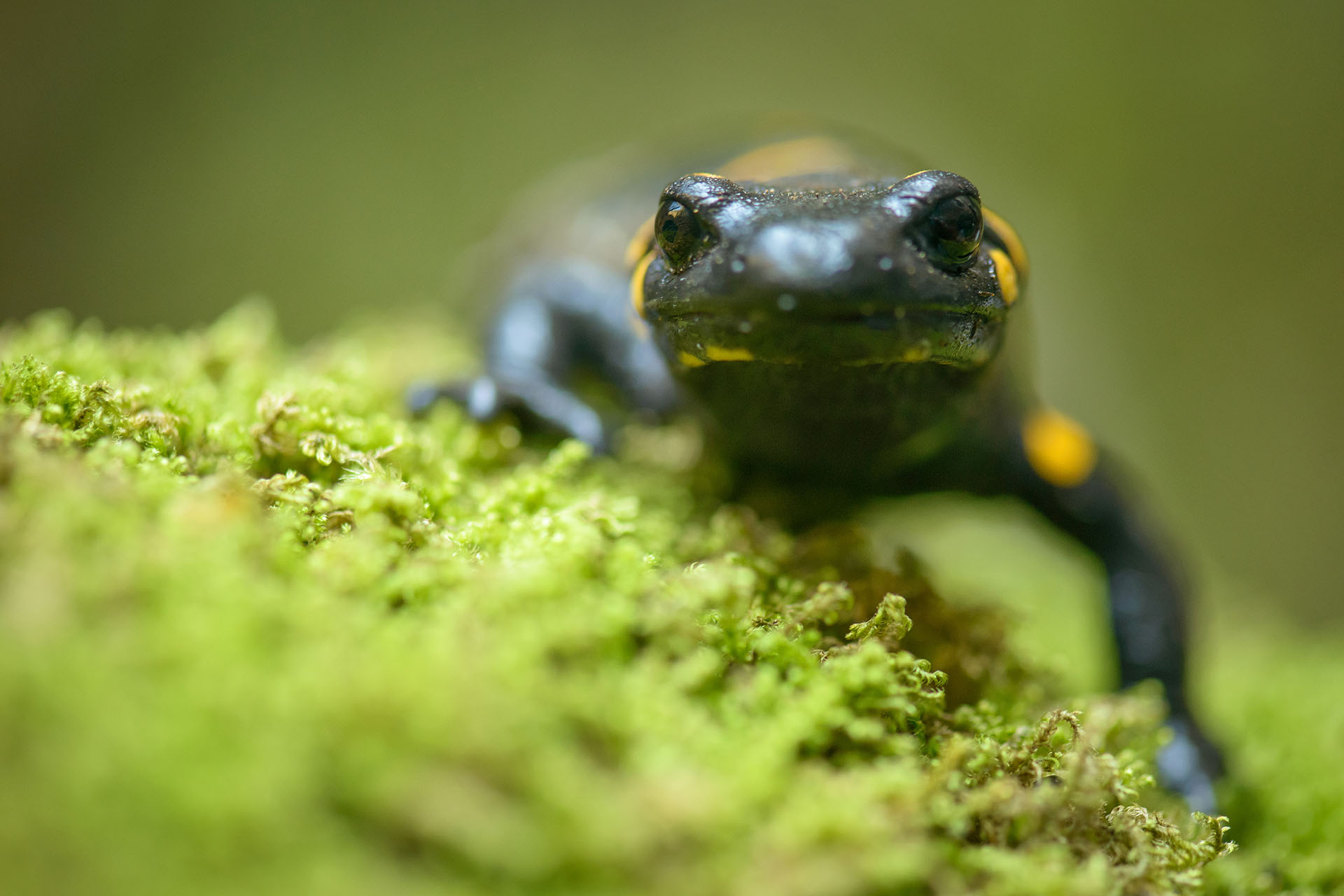
Fire salamander
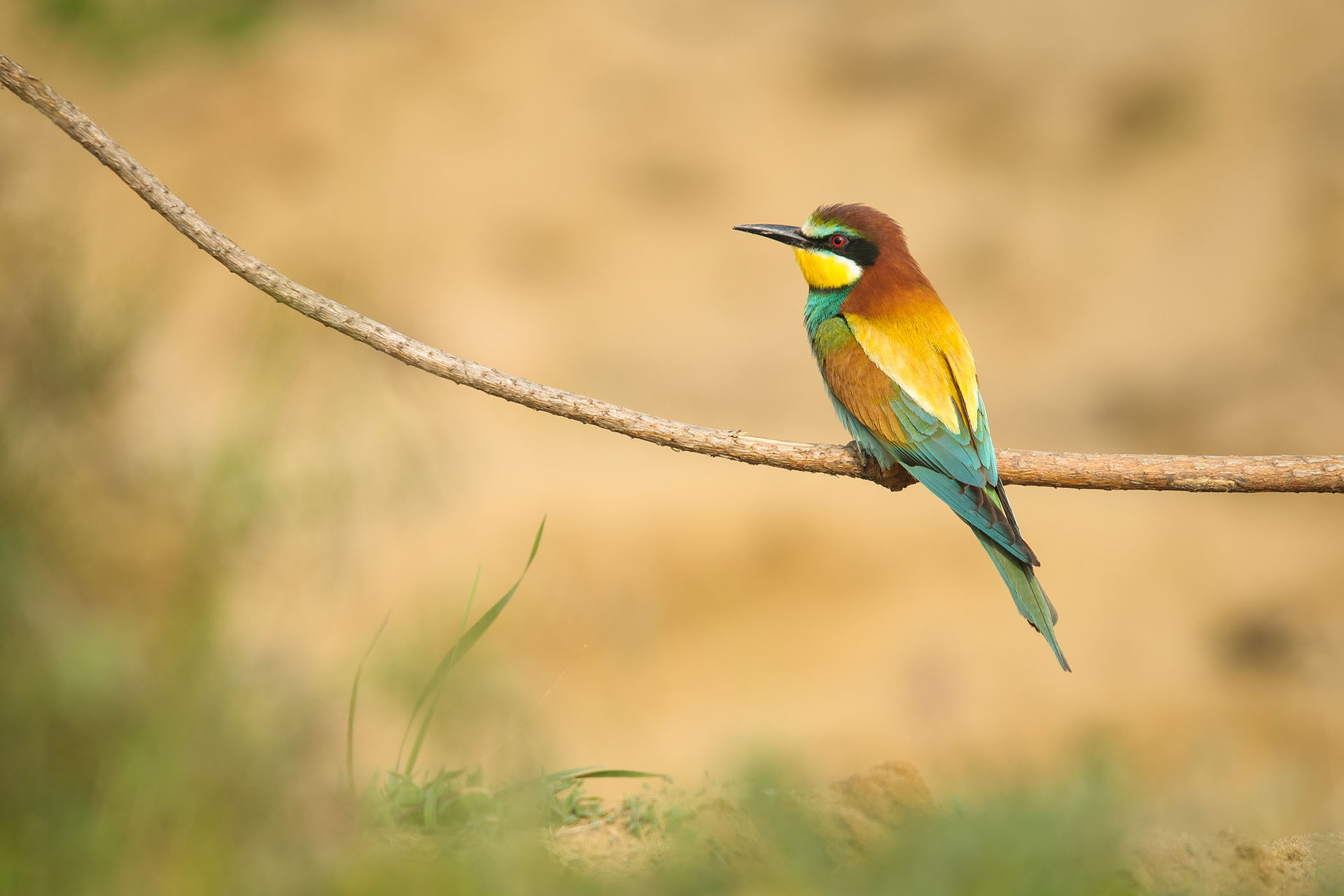
European bee-eater

Roe deer

Snake's head fritillary
 | Write |
 | Tatyana Skorokhod PRO Thank you very much for appreciating my photo work in this wonderful contest. Congratulations to all participants of the competition with the opportunity to present their photographic works. I am very delighted with the magnificent photographs of flowers that respected authors presented at this competition. |
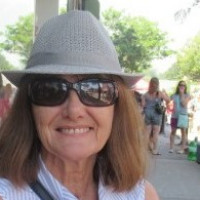 | Susan PRO stunning images ! |
 | Josefina Melo PRO Wonderful works congratulations !! |
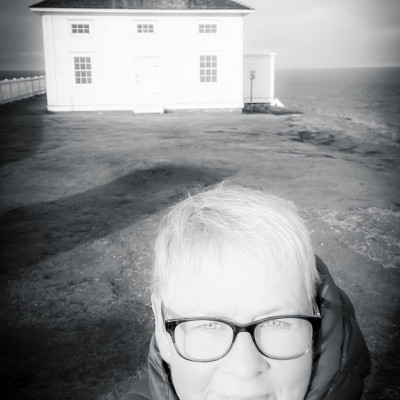 | Kimberly CREW Great article, wonderful images and I very much like Dan's philosophy towards wildlife photography. |
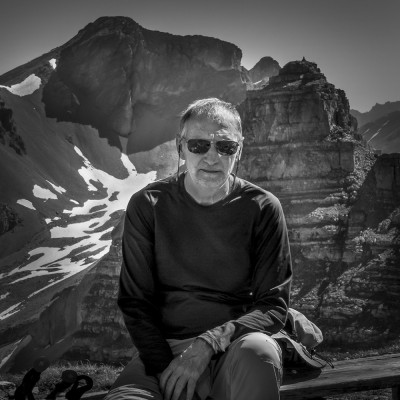 | Jean-Luc BILLET PRO Great Work / Congratulations. |
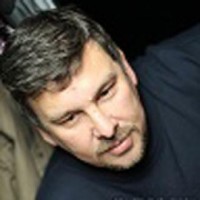 | Marin Florian Un vis care si acum dupa atata timp dupa vizionare este viu in mintea si sufletul meu!!! Felicitari! Felicitari! Felicitari! |
 | Nicu Craciun Superb..cum stiam |
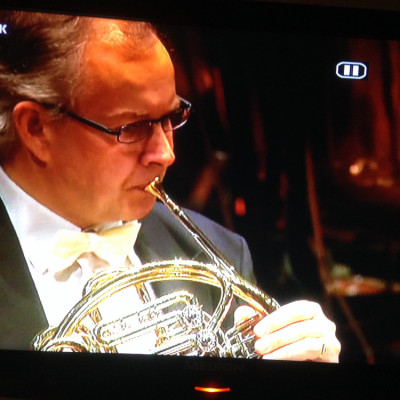 | Jakob Arnholtz PRO Fantastic Gallery Dan. I am deeply impressed 👍 |
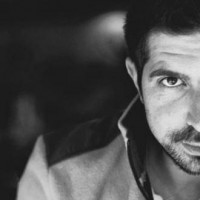 | ATTILA SZABO PRO Foarte fain !!! |
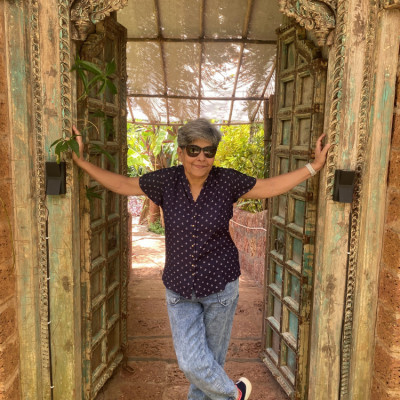 | Anita Singh PRO Beautiful images, congratulations |
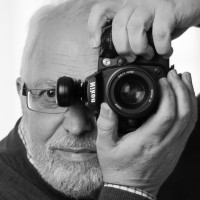 | Eduardo Blanco García PRO Estupendo e impresionante. Enhorabuena |
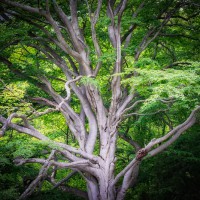 | Cristiano Giani PRO ...a very interesting gallery. Many congrats for it and for your project.... |
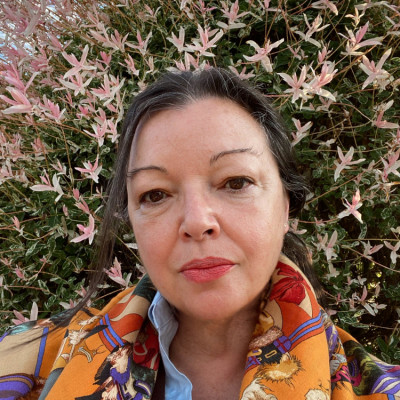 | Ludmila Shumilova PRO Congratulations, Dan, for this impressive photo gallery and your dedication to your project. There is beauty beyond words in the images you have captured. Thank you, Marius, for this glimpse into Dan's amazing work. |
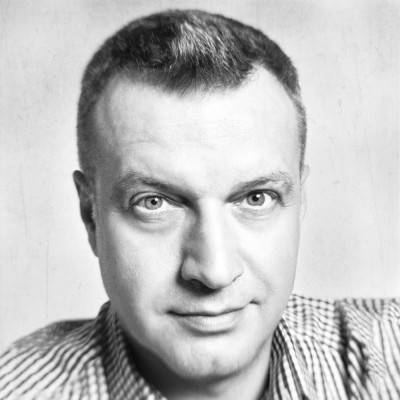 | Marius Cinteza CREW Thank you so much, Ludmila, for your kind words!!! |